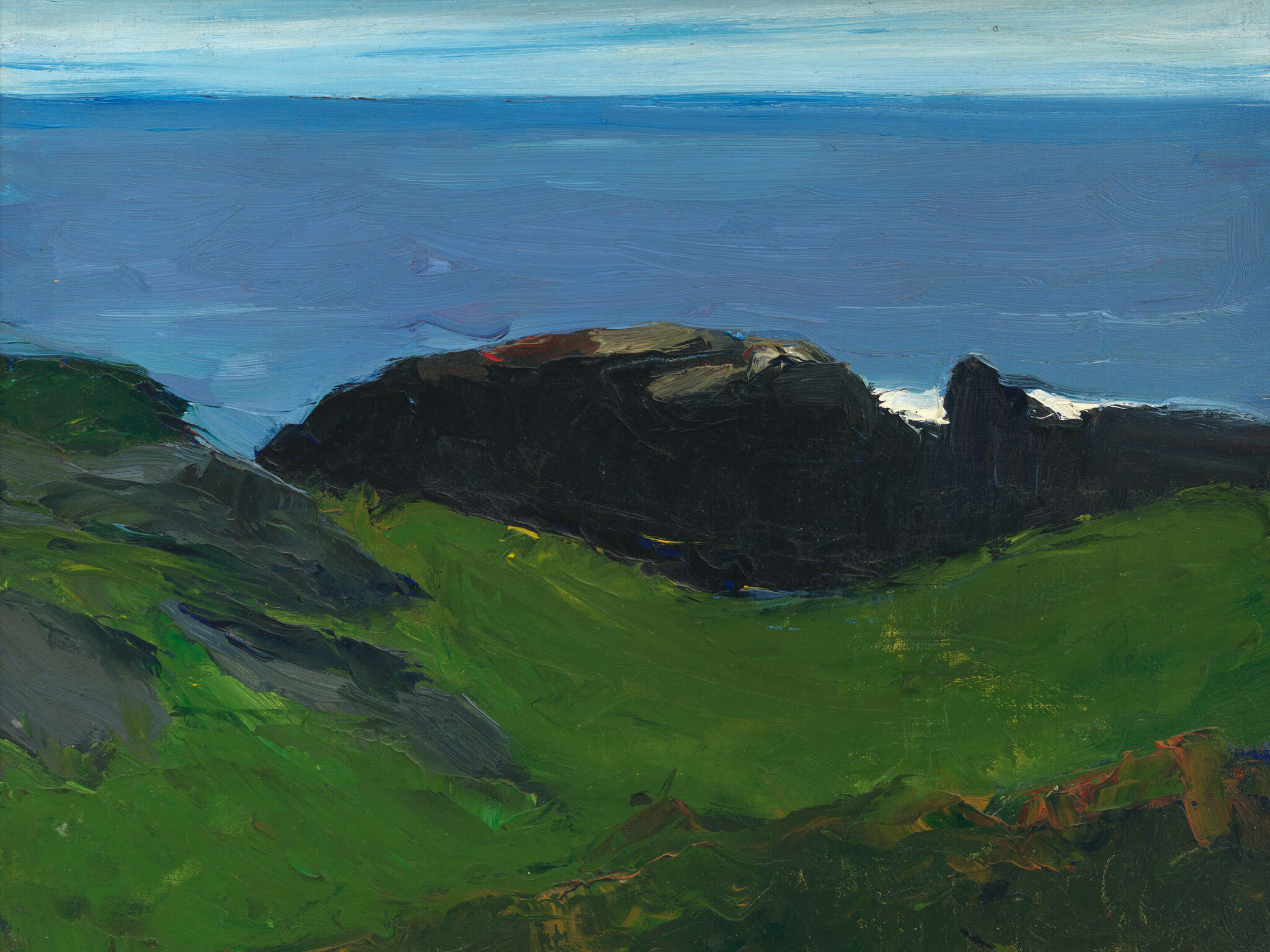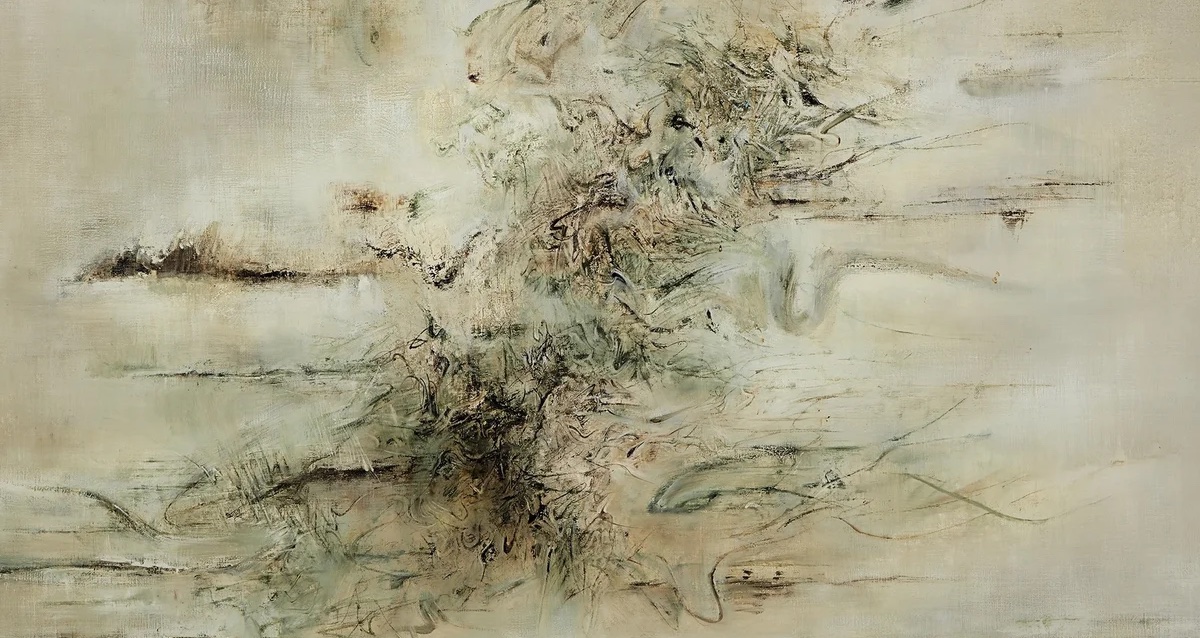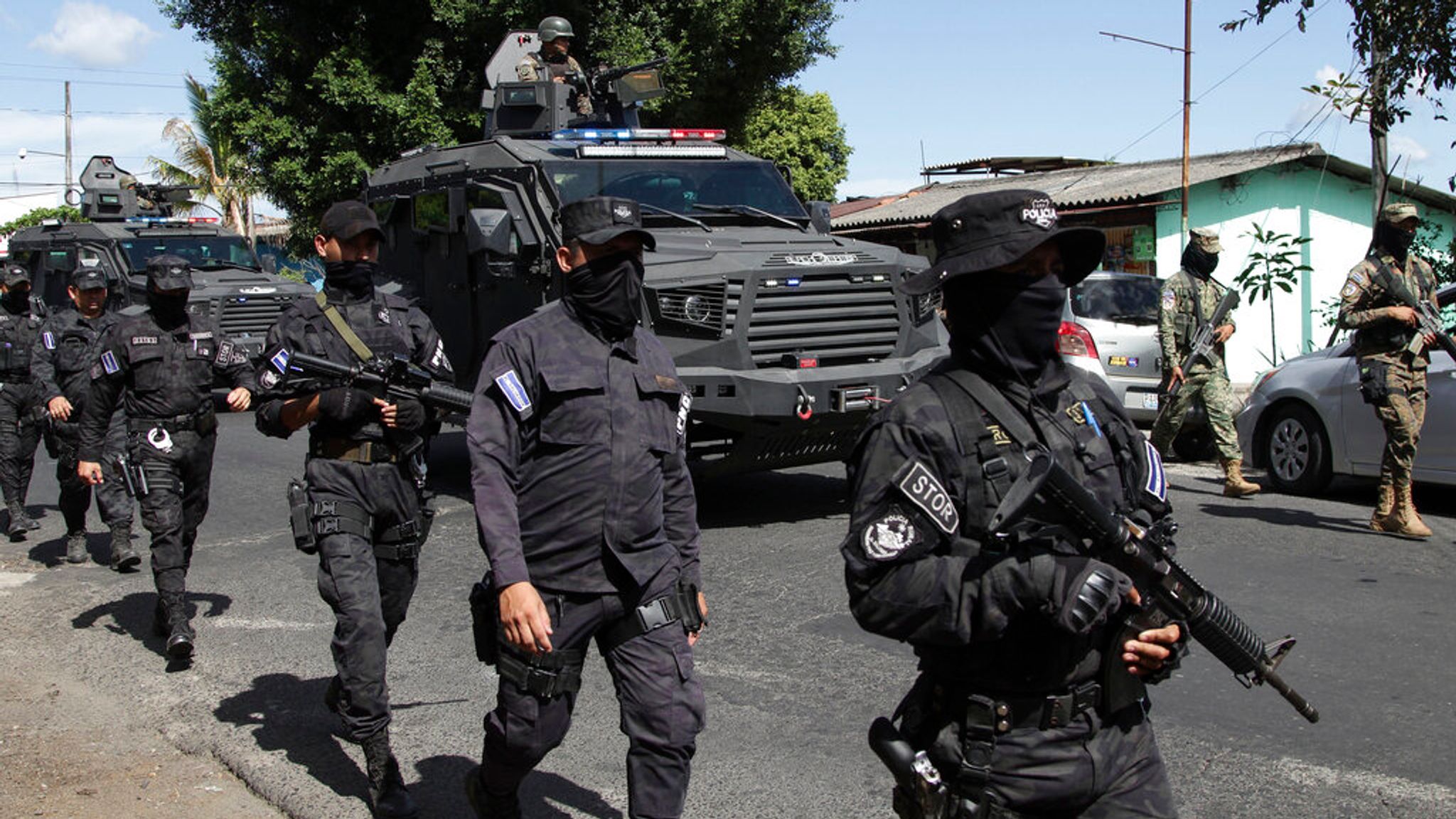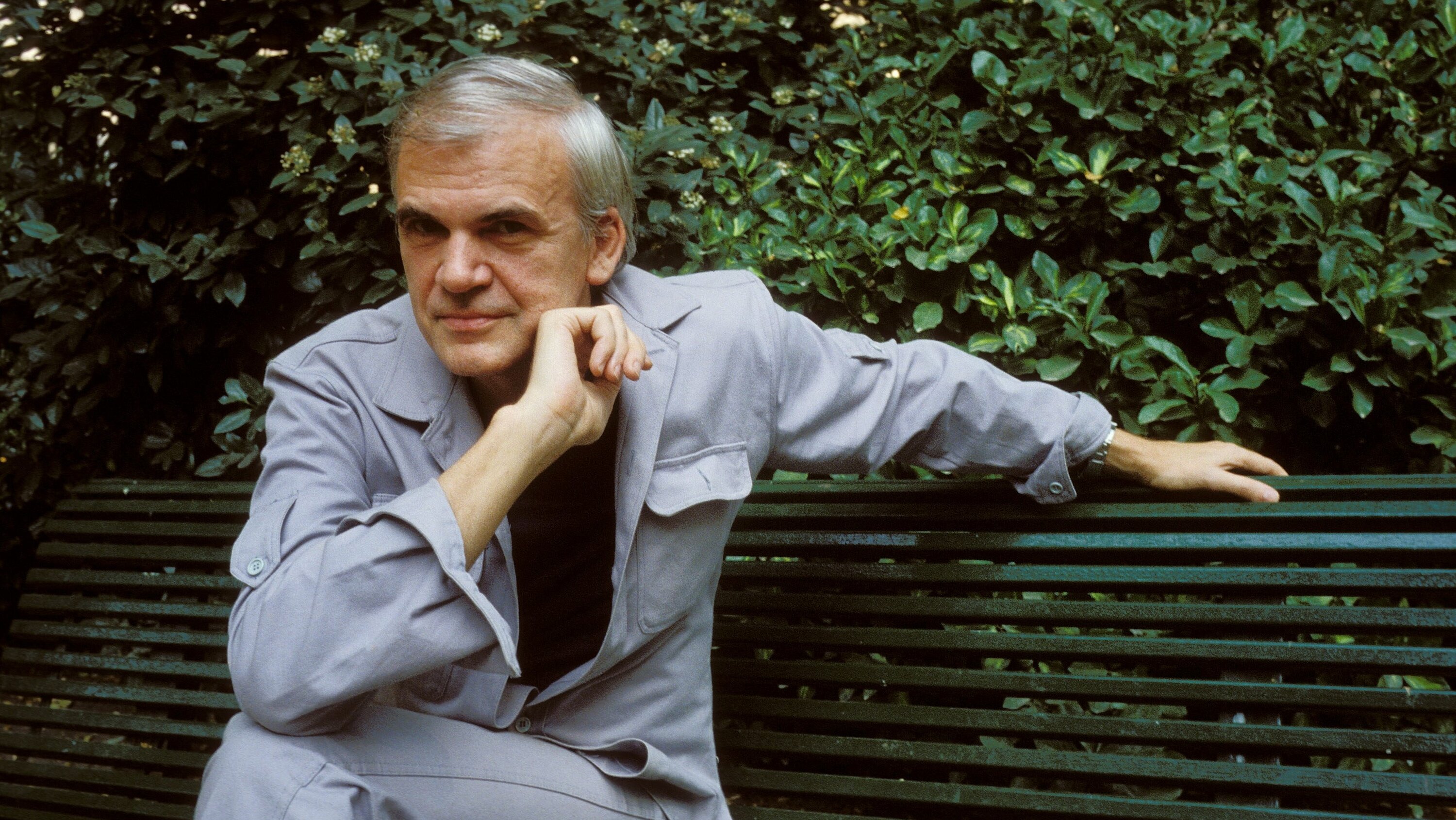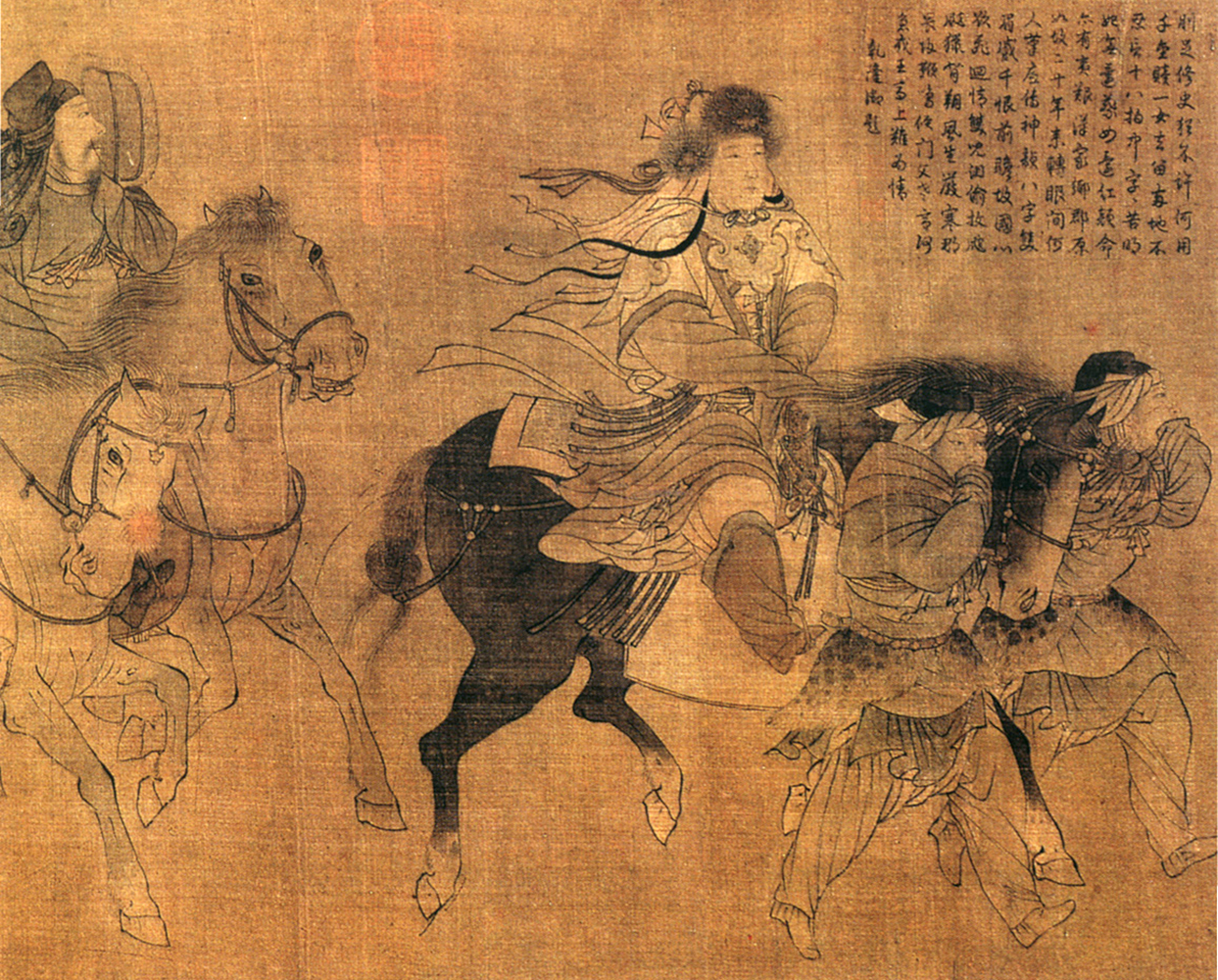As if demonstrating that the repressed does return, politics has erupted in the supposedly apolitical world of American psychoanalysis. An advocacy group, Black Psychoanalysts Speak, and a documentary film, Psychoanalysis in El Barrio, seek to redress the racial and class biases of analysis. Unbehagen, a psychoanalytic list-serve, features a roiling debate over whether it is necessary to match the analyst’s gender, race, ethnicity and sexual orientation with the patient’s. The American Psychoanalytic Association itself has been shaken by political recriminations, purges, resignations and denunciations. An article by Donald Moss, published in the association’s journal, provided the catalyst in this case. According to its abstract:
Whiteness is a condition one first acquires and then one has – a malignant, parasitic-like condition to which ‘white’ people have a particular susceptibility. The condition is foundational, generating characteristic ways of being in one’s body, in one’s mind, and in one’s world. Parasitic Whiteness renders its hosts’ appetites voracious, insatiable and perverse.
The reaction to the article was sharply divided. Some saw it as a valuable extension of psychoanalytic theory, while others believed it neglected vital determining factors of racialization, such as deindustrialization, union discrimination and the inequities of the real estate market. In response to the controversy, an internal body, the Holmes Commission, was entrusted to ‘investigate systemic racism and its underlying determinants embedded within APsaA, and to offer remedies for all aspects of identified racism’. Among the repercussions has been a debate over anti-Semitism precipitated by a speaking invitation to a controversial Lebanese psychoanalytic therapist, which led to the resignation of the President of the Association, Kerry Sulkowicz.
These developments are noteworthy in themselves, but they also raise wider questions about the relation between psychoanalysis and politics. What is striking about the politicization of contemporary psychoanalysis is the extent to which it conforms to the liberal identitarianism, sometimes termed ‘wokeness’, prevailing in the broader culture, which views systematic wrongs such as racism as emanating from individual psyches, along the model of sin. This marks a sad detour for a current of thought that provided a genuine alternative to moralism. Yet the stakes are greater than psychoanalysis per se. They concern the prospects for a twenty-first century Left that can encompass a non-reductionist conception of the relations between the social world and individual psychology. Recent years have also seen a certain resurgence of psychoanalytic thinking on the American Left. Sam Adler-Bell, co-host of the podcast Know Your Enemy, traces this to the defeat of Bernie Sanders. ‘There’s an inward turn’, he speculates: ‘maybe this purely materialist analysis of people’s motivations doesn’t give us what we need to make sense of this moment’. A new journal, Parapraxis, describes itself as a ‘psychoanalytically oriented supplement to radical critique and historical materialism’, promising to uncover ‘the psychosocial dimension of our lives’.
To address this, we need to consider the intertwined histories of socialism, feminism and psychoanalysis. Socialism’s core contribution was the idea that democracy and individual freedom could not be achieved without countering capitalism in significant ways. By uprooting the peasantry and gathering workers together in cities, industrialization created the basis for a revolutionary movement. Less often remarked is that this same process transformed the family. Previously, the family had been the primary locus of production and reproduction, and hence the individual’s sense of identity was rooted in his or her place in both work and the family. Industrial capitalism separated paid work from the household. The consequences were twofold. First, the separation helped give rise to a new gender order among the emerging bourgeoisie based on the cult of true womanhood, which implied that women’s suffering endowed them with moral authority. Second, the separation contributed to loosening the bonds that tied individuals of both sexes to their place in the family, giving rise to the idea of a personal life – an identity distinct from one’s place in the family, in society, and in the social division of labour.
Understanding that modern capitalist society is based not simply on the rise of industry, but also on the withdrawal of production from the family, helps clarify the contributions and blind spots of these three emancipatory currents. Socialists tended to reduce culture and psychology to the economy. Focused on political economy they left the family and personal life to psychoanalysis and to feminism. Psychoanalysis and feminism in turn focused on the family, neglecting its relation to the capitalist economy. In the sixties, a predominant view on the left was that psychoanalysis was apolitical or ‘individualistic’. But in fact, it was political in a different way, focused not on capital vs labour, but rather on the freedom of the individual from internalized forms of authority, including those targeted by the democratic revolutions, such as tradition, lord/servant relationships and the church, all of which Freud loosely tied together as paternal law. Over time, especially by the sixties, those influenced by psychoanalysis turned their attention to other forms of internalized authority, particularly racism and sexism, as well as forms of shame and guilt specific to capitalism, deference to supposed scientific knowledge, doxa and, of course, deference to psychoanalysis itself.
In general, psychoanalysis did not directly confront institutions, but rather worked indirectly, through its effects on individuals. In this way it reflected the new experience of personal life, which was presupposed by Freud in the theory of the unconscious. According to that theory, the ideas or stimuli that came to the individual from society or culture were not directly registered but were dissolved and internally reconstituted in such a way as to give them personal, even idiosyncratic, meanings. As a result, the inner lives of modern men and women were organized through symbols and narratives that had become personal or idiosyncratic; psychical life could be interpreted but not reintegrated into a previously existing whole. In this view, a person’s race, gender or nationality doesn’t simply translate into their intrapsychic world, but rather is refracted through the contingencies of their personal life. This meant that politics entered the consulting room in terms of its meaning for the individual patient, rather than in the service of a political programme. Far from being defined by any given political ideas, psychoanalytic practice was open-ended, non-utilitarian and unpredictable.
For several decades, the potential contribution of psychoanalysis to radical politics was not widely appreciated. One reason is that psychoanalysis was not oriented to an identifiable sociological group, such as the working class, but rather to new, historically specific possibilities for personal emancipation, which capitalism promised but could not deliver. The limits of psychoanalytic politics also reflected the psychical or cultural reductionism built into the separation of the family from the economy. That separation gave rise to new ways of thinking about history and politics centred on the role of psychology in understanding both individuals and groups or masses, but these tended to be argued in themselves, rather than as part of a broader social theory. It is no coincidence, therefore, that the 1960s rebellions – in which women and issues of personal life were central – played a key role in redefining the politics of psychoanalysis.
This shift began with black intellectuals who drew on psychoanalysis to elucidate the inner costs of racism. Sociologist Horace Cayton, describing his own psychoanalysis, wrote that while he had begun with the idea that race was a ‘convenient catchall’, a rationalization for personal inadequacy, he ended up understanding that race ‘ran to the core of my personality’ and ‘formed the central focus for my insecurity’. ‘I must have drunk it in with my mother’s milk’, he added. Richard Wright, deeply shaped by psychoanalysis, claimed ‘that what had been taken for our emotional strength was our negative confusions, our flights, our fears, our frenzy under pressure’. Fanon, a Freudian psychiatrist, wrote:
I was battered down by tom-toms, cannibalism, intellectual deficiency, fetishism, racial defects…I took myself far off from my own presence…What else could it be for me but an amputation, an excision, a haemorrhage that spattered my whole body with black blood? I marry white culture, white beauty, white whiteness.
Such works were never intended to replace analyses of segregation and the plantation system, but rather to complement, deepen and complicate them. The result was Freudo-Marxism, in which individual psychology and social theory were each given their place. Other efforts to strike that balance included reinterpretation of the Reformation (Erik Erickson, Norman O. Brown, Erich Fromm), and works on mass society and mass culture (Wilhelm Reich, Theodor Adorno, Christopher Lasch, Richard Hofstadter, Herbert Marcuse).
The sixties efforts to produce a non-reductive understanding of the relations of the social and the psychical were short-circuited. Although the cult of true womanhood was long dead, many women remained suspended between two different approaches to the family: first, that the family, and personal relations more generally, were women’s special – moral – realm and, second, that sexual and personal emancipation required freedom from the family. The result was a deep ambivalence toward psychoanalysis, which was at least as consequential in shaping attitudes as the very real sexism of American psychoanalysts. What carried the day was feminists’ forthright expression of the extent of women’s suffering, and the profound sense of the injustice of a male-dominated society. The result was that the ambivalence was resolved negatively. This resolution informed two books that in 1970 announced the birth of second wave feminism: Kate Millett’s Sexual Politics and Shulamith Firestone’s Dialectic of Sex. For Millett, Freud was the leader of a counter-revolution against feminism, waged under the banner of penis-envy. Firestone redefined penis-envy as power envy and replaced Marx and Engels’ idea of a dialectic of class with a dialectic of sex, according to which the rule of men over women and children was the driving force in history. Both books sought to replace psychoanalysis with feminism. Gayle Rubin famously called psychoanalysis ‘feminism manqué’.
Juliet Mitchell’s Psychoanalysis and Feminism (1974) marked a new turn in the encounter between feminism and psychoanalysis. Mitchell was a socialist – and an editor of NLR – influenced by Fanon and by the existential psychoanalysis of David Cooper and RD Laing. The question that concerned her was how women live in their ‘heads and hearts a self-definition which is at core a definition of oppression’. In 2017 she recalled:
it was my fascination with the rabid anti-Freud stance of the first American feminists in the second half of the nineteen-sixties that made me go to the British Museum library to read Freud’s five articles on women. Instead, I read twenty-three volumes of his translated work non-stop. Psychoanalysis and Feminism was the result. I had found what I wanted – some way we could think about the question of the oppression of women.
Her book criticized second wave feminism for having gotten ‘rid of mental life’. For them, she lamented, ‘It all actually happens… there is no other sort of reality than social reality’.
In the late seventies and eighties, some feminists, gays and, to a lesser extent, people of colour became analysts, therapists or psychiatric social workers. They did not, however, for the most part join Mitchell in returning to Freud. Rather, they transformed psychoanalysis into the so-called relational paradigm, which focused not on the individual unconscious but on interpersonal relations. Based on Winnicott’s famous aperçu, ‘there is no such thing as a baby’ – i.e., the mother is always present – relational psychoanalysis was a compromise formation, combining a mother-centred paradigm, practical introspection and a new code of behaviour. Psychoanalytic feminists substituted ‘gender’ for ‘sex’, thus jettisoning the psychoanalytic theory of motivation, without putting another in its place. Melanie Klein’s theory of unconscious object relations, largely if not wholly consistent with Freud, was misrepresented as interpersonal or relational. Nancy Chodorow and Jessica Benjamin prioritized gender difference and idealized attunement and other female-associated, interpersonal skills. For others, the unconscious disappeared into a phenomenology of intimate relations, such as flirting, kissing, tickling and being bored or into a micro-sociology of insults and injuries.
The relational turn substituted an ethical theory of interpersonal relations for the unconscious. This contributed to what is today known as ‘wokeness’. What happens in the absence of a theory of the unconscious is projection. All evil and wrong is seen as coming from the outside. The theory of penis-envy was unpleasant, painful and even wrong, but its very structure included an effort to elucidate how women might have mobilized their aggression against themselves. When individuals lack even the concept of an intrapsychic life, much less access to it, they will project their aggression and other ‘bad’ feelings outward, generating the need for trigger warnings, moral judgements posted next to paintings, Deans and Provosts who play the role of police officers, for definitions of the university – and the New Left – as a rape culture. This idea that aggression comes from the outside works very well with the liberal/market paradigm, which is founded on an equilibrium model and denies that there is any aggression within the market system, and that any problems must be external – coming from the state, monopoly or China. The denial of aggression leads to moralism, based on the idea – which stems from the cult of true womanhood – that victimhood bestows moral authority. Here, the intrinsically duplicitous structure of capitalism shows itself in the realm of morality.
The demand for recognition may be read as the political counterpart to the relational turn. The overwhelmingly negative reaction of feminists to Christopher Lasch’s Culture of Narcissism (1979) signalled the triumph of a newly minted Hegelian ‘recognition theory’ over Freudian self-reflection. In that book, Lasch viewed the demand for recognition as a symptom of an attention-based society, in which processes of mirroring and idealization prevailed. Yet to his feminist critics he was an advocate of a passé and ‘masculinist’ ideal of autonomy, and only that. Meanwhile, responding not to feminism but to Germany’s trauma of the Nazi years, Jürgen Habermas dismissed Adorno and Horkheimer’s attempts to combine Freud and Marx in favour of a paradigm based on intersubjectivity, democratic dialogue and communicative action, rooted in American pragmatism and social psychology. These currents were brought into relation with feminism by Axel Honneth, who argued that the demand for recognition, in the Hegelian sense of Anerkennung, is the master key of justice. The result was a new notion of ‘critical theory’, which replaced Freudo-Marxism: Winnicott stood in for Freud and Talcott Parsons stood in for Marx.
Let us now return to our nineteenth-century roots, when the withdrawal of production from the family created the modern demand for personal freedom, understood as something beyond the economy. Surely Marx, who read everything, and embraced the work of non-socialist thinkers like Charles Darwin and Lewis Henry Morgan, as well as that of monarchists like Honoré de Balzac, would have been fascinated by Freud, Fanon and Mitchell among others. As we learn from post-colonialism about the nation, we need to think about the family in terms of combined and uneven development. Bringing into one institution the most backward elements of society and the most visionary possibilities, the politics of the family is combustible. The forced separation between forms of personal emancipation, such as women’s liberation, antiracism and identity politics on the one hand, and socialism on the other, took place in the 1960s when the three emancipatory currents – socialism, feminism and psychoanalysis – were closest to being united.
The alternative to wokeness, finally, is not the abstract, liberal separation of the individual and the political, but rather the interdependence between the individual and the collective. All human beings have basic material and social needs that can only be met collectively. This is what socialists have historically understood. But the individual’s needs cannot be reduced to the collective; they are also internal, psychological and personal. Hence the logic of the idea of psychoanalysis complementing socialism. A revitalized psychoanalysis, galvanized by the rediscovery of the personal character of the unconscious, would greatly deepen our explorations of human freedom – in psychotherapy, in the arts and in public discourse – and would be a natural ally for a revitalized socialist politics. Meanwhile, there is always a place for moral reformation, even under socialism – just not within psychoanalysis.
Read on: Juliet Mitchell, ‘Psychoanalysis and Child Development’, NLR I/140.




